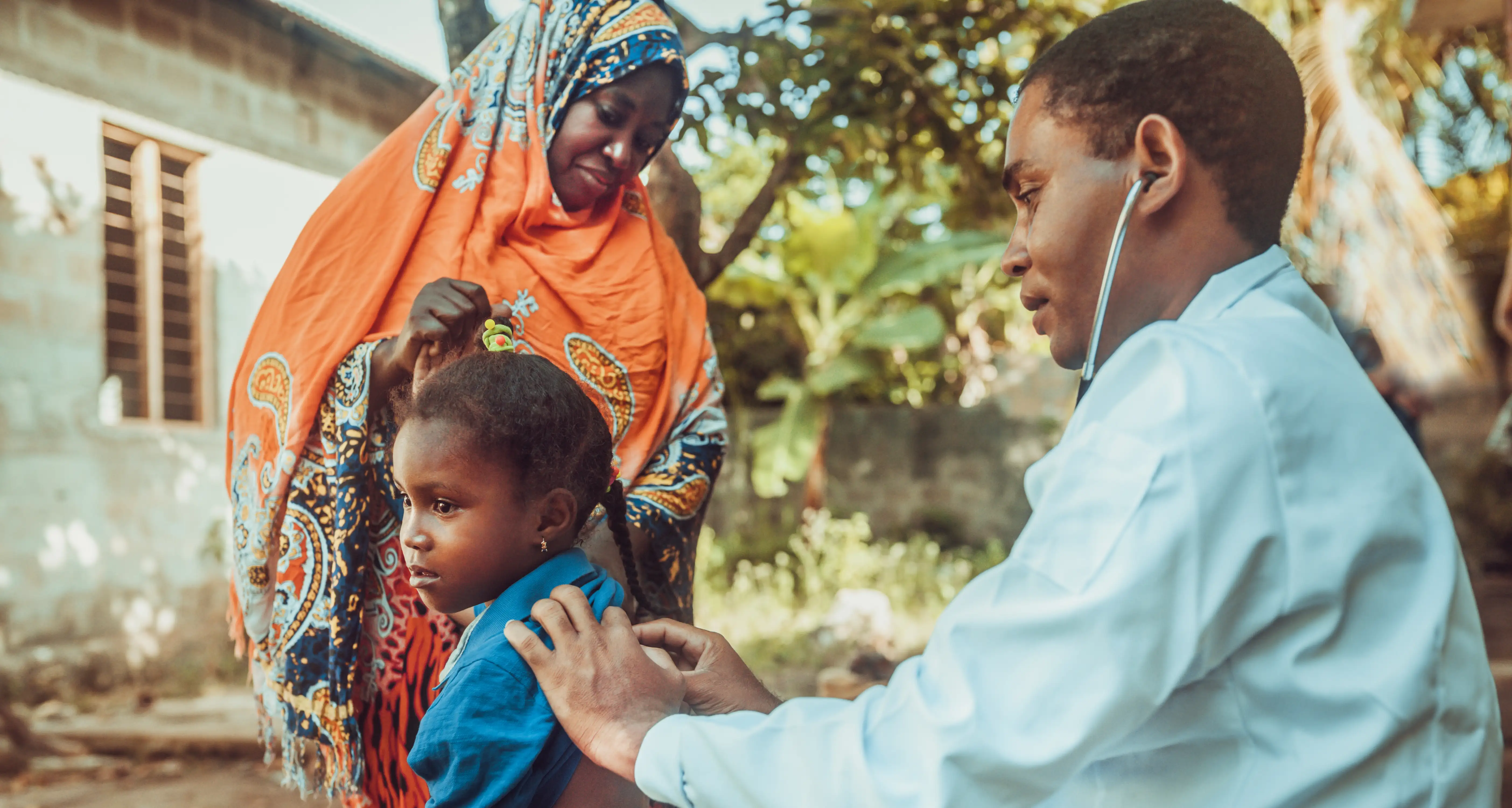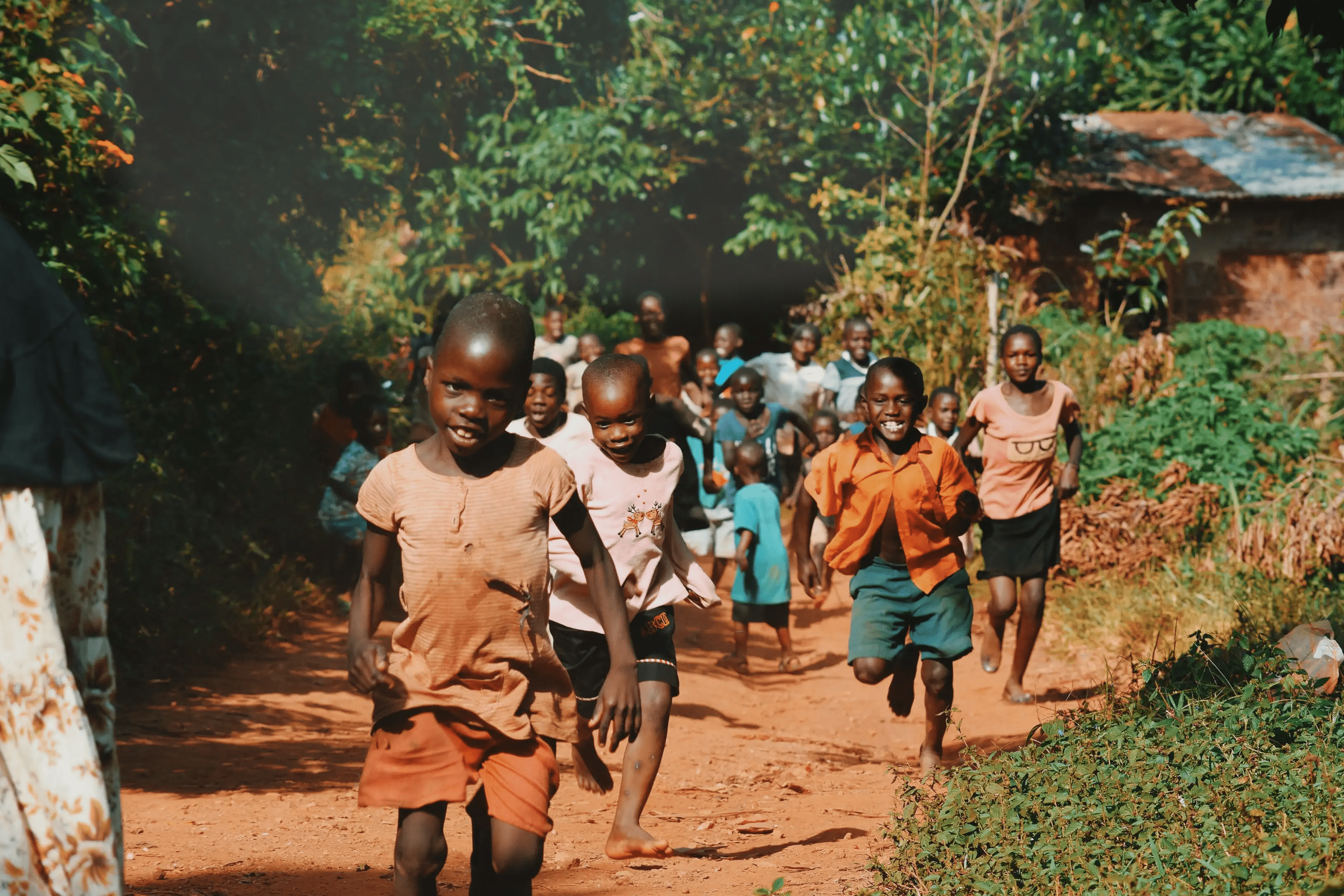Sharing space with a Nobel prize winner
At the height of the Vietnam War, the Americans and Vietnamese found themselves fighting a common enemy - malaria. The American army research institute (Walter Reed) launched a programme to combat malaria, while the Vietnamese turned to the Chinese. One of those given the charge to lead, by China, was the young scientist Tu Youyou. Up until then, several hundred thousand compounds had already been screened for the treatment of malaria, with none yielding positive outcomes. No doubt Tu Youyou felt more than a little overwhelmed with the task ahead of her.

Soldiers in the jungles of Vietnam (Source: Flickr)
For help, Tu Youyou turned to the extensive collection of recipes in traditional Chinese medicine (TCM). From an initial set of two thousand, Tu Youyou narrowed it down to 600 and eventually settled on the Qinghao plant (sweet wormwood), inspired by a handbook dating from the third century. It is from Qinghao (medical herb), the extract of artemisinin was eventually discovered, as a highly effective treatment for malaria. Collaborating with the Chinese Academy of Sciences (CAS), specifically the Shanghai Institute of Organic Chemistry (SIOC) and the Institute of Biophysics, a chemical structure analysis of artemisinin was undertaken. In one of the first applications in China of utilizing scattering effects of oxygen atoms by X-ray diffraction technique, the absolute molecular configuration of artemisinin was determined. The success in total synthesis of artemisinin in China was accomplished by scientist Xingxiang Xu and her team in Shanghai Institute of Organic Chemistry.

Copy of the original laboratory notebook record (Archive, Institute of Chinese Materia Medica)
For her efforts, Tu Youyou was awarded the joint Nobel Prize in Physiology or Medicine in 2015 for “her discoveries concerning a novel therapy against malaria”. The Lasker Foundation, awarded Tu Youyou its Clinical Medical Research Award in 2011, calling the discovery of artemisinin “arguably the most important pharmaceutical intervention in the last half-century.” Artemisinin has saved the lives of countless millions and remains one of the main remedies to combat the deadly disease of malaria.
Landcent Joint Lab
In May 2016, the SIOC and Landcent set up a joint laboratory for the prevention and control of major communicable diseases in Africa. Founded in 1950, the SIOC is one of the first 15 institutes established by the Chinese Academy of Sciences (CAS). (The mission of SIOC is to conduct cutting-edge research in the science and technology of organic chemistry and related disciplines and publicly disseminate its research results and technological developments. This was the same organization that Tu Youyou partnered with to develop Artemisinin).

Tu Youyou (Public Domain)
It is remarkable that Landcent now gets to participate in this narrative - drawing from the same rich resources of the thousands of traditional Chinese medicinal recipes, that TuYouyou and her team poured over - as we unveil the next chapter of discovery and innovation of novel ingredients to combat vector resistance towards complete malaria prevention.

The entrance to the joint lab of SIOC-Landcent
More Updates
Subscribe to The Newsletter
Be the first to know—Get the latest news, discoveries, and impact stories that matter







